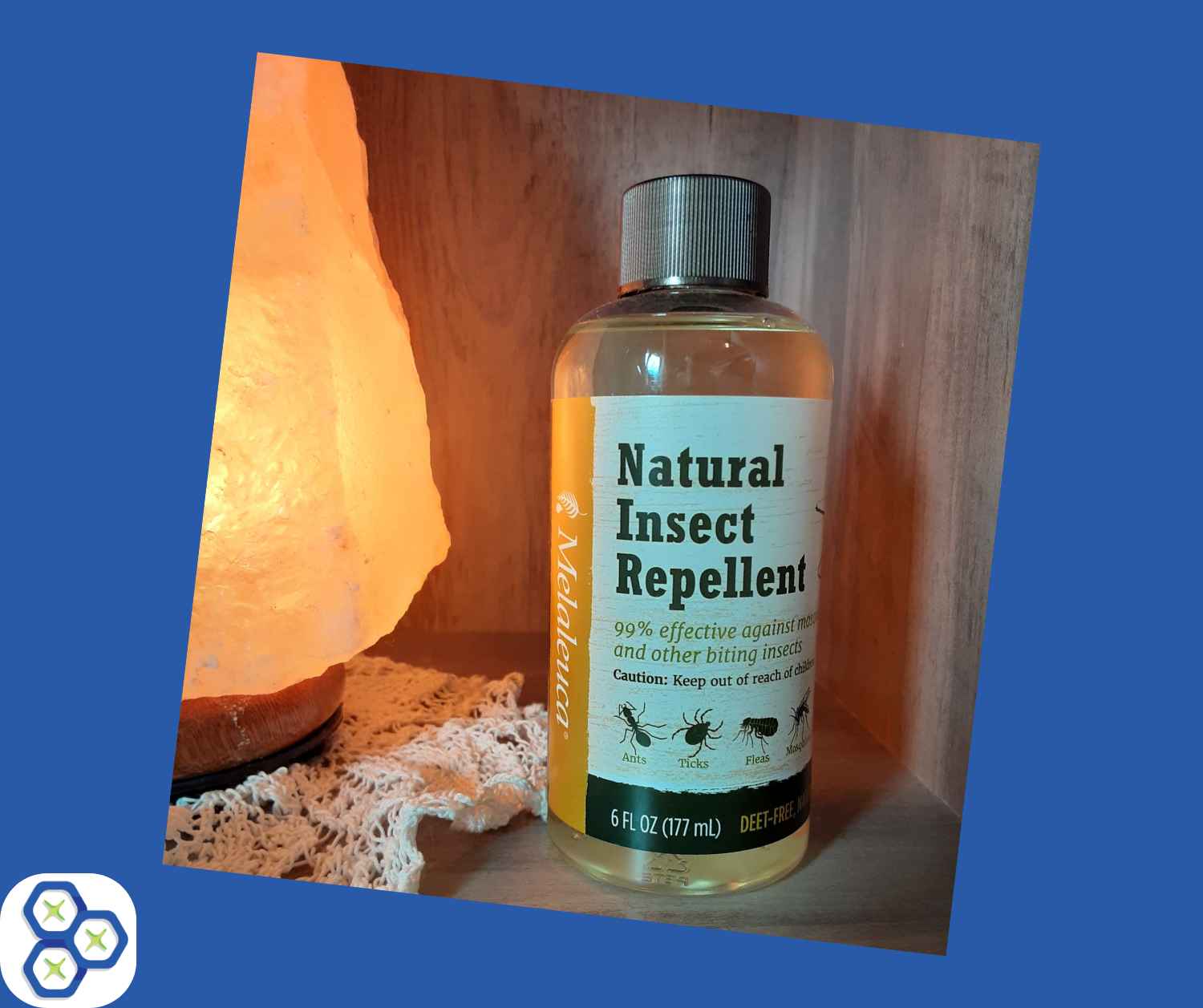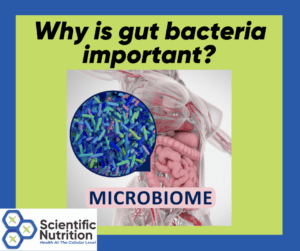Dangerous DEET and Toxic Chemicals in Bug Spray: What You Need to Know
Your bug spray may contain a multitude of chemicals that can harm you at a cellular level. For instance, DEET is a repellent that at worst, can trigger low blood pressure, seizures, fatigue, respiratory issues, memory loss, tremors or loss of coordinated movements, neurotoxicity, cancer, and at best, skin irritation.
There are over 230 products or insect repellents in the U.S. with 100% concentration! Dr. Mohamed Abou-Donia, Ph.D., has pushed for safety studies as his research has linked symptoms similar to signs of Gulf War syndrome found in veteran soldiers who served in the Persian Gulf conflict.
Believe it or not, there are products containing DEET in sunscreen. You do NOT want to bake these chemicals along with the harmful chemicals found in sunscreen into your skin!
DEET’s Harmful Effects on Brain Health and Cellular Function
Dr. Abou-Donia’s studies state that it affects the brain cells in a degenerative way, leaving behind ROS/Reactive Oxygen Species. These are commonly known as free radicals, where diseases, including cancer, can grow. If you have used DEET-based products in the past, I highly recommend taking a natural product called Protandim. It will remove up to 40% of your oxidative stress within 30 days. It is like cleaning up all the leftover trash from used cells and hiring a full-time housekeeper.
There are hundreds of toxic chemicals in the products we use, such as bug spray and sunscreen. Some products have layers of chemicals that can cause cancer and hormone disruption. Using a natural product is a great way to begin cutting your toxic load while still enjoying your life outdoors.
Top 3 Most Harmful Insect Repellent Chemicals and Their Health Risks
DEET is #1, with Cyfluthrin coming in at #2.
Cyfluthrin works in the same manner as DDT and is similar to it structurally. This toxin is stored within your fat cells, so if you are not actively detoxifying, it can remain stuck and cause symptoms. The neurotoxin effects interfere with your sodium and potassium ion channels. These disruptions throw the balance off as shown in the Na/K on a Hair Analysis test, highlighting cellular membrane issues. This toxin can decrease your cell sugar or glucose and interfere with liver function.
The #3 offender is Permethrin. This chemical is often used as a pesticide for crops and bug sprays. Just as its friend DEET, it can cause cell death in the brain, affecting motor skills, neurological symptoms, and even behavioral issues. Additionally, it is sadly an environmental toxin to bees and fish.
Health Dangers of Bug Spray Exposure: Warning Signs and Symptoms to Watch For!
Bug spray exposure can cause various health problems depending on the active ingredients. Below are the common symptoms associated with different types of insect repellents:
Pyrethrin-Based Repellent Symptoms
- Breathing difficulty
- Coughing
- Loss of alertness (stupor), from blood oxygen imbalance
- Tremors (with large exposure)
- Seizures (with large exposure)
- Stomach upset, including cramps, pain, and nausea
- Vomiting
DEET Exposure Symptoms by Body System
Eyes, Ears, Nose, and Throat
- Temporary burning and redness
- Eye irritation requiring medical attention in severe cases
Cardiovascular Effects (From Significant DEET Ingestion)
- Low blood pressure
- Dangerously slow heartbeat
Respiratory System
- Breathing difficulty due to throat swelling
- Burns of the breathing passages
- Irritation and inflammation
Nervous System Complications
- Coordination problems and difficulty walking
- Coma (lack of responsiveness)
- Disorientation and confusion
- Insomnia and mood changes (with long-term use of high concentrations)
- Seizures (particularly dangerous for children)
- Death in severe cases
Skin Reactions
- Mild: Hives, redness, and irritation (usually temporary)
- Severe: Blistering, burning, and permanent scarring (from prolonged exposure to high-concentration products)
Digestive System (If DEET Is Swallowed)
- Moderate to severe stomach irritation
- Persistent nausea and vomiting
IMPORTANT: DEET poses particular dangers for children. Seizures may occur in young children with regular skin exposure over extended periods. Always use lower concentration products for children, limit application time, and avoid use on infants completely.
Nervous system damage is the most serious complication of DEET poisoning and can be fatal. If exposure occurs, contact poison control immediately at 1-800-222-1222.
Hidden Dangers: Additional Toxic Ingredients in Commercial Bug Sprays
There are ingredients mentioned by government agencies that are said to be safe, such as Picaridin which is a plant-based repellent that is similar to DEET in low concentrations. This is not recommended for children under 3 years old! As a matter of fact, it should be dismissed as safe, as it contradicts its safety by the age limitation.
Pyrethrins are made from the chrysanthemum flower, but are still a manufactured pesticide that can affect your breathing when inhaled in large amounts so know your ingredients. At any rate, your safety should come first!
Best DEET-Free Natural Insect Repellents or Bug Spray: Safe and Effective Alternatives
I often refer to EWG.org for reference on product safety, so if you want to purchase a spray instead of making one yourself, try one of these:
- Melaleuca Natural Insect Repellent
- Avon Skin-So-Soft Guard Plus Picaridin (I use this on my horses for gnats around their ears)
- Natrapel 8-hour
- Cutter Lemon Eucalyptus
- Coleman Botanicals
- OFF! Botanicals
I often share many “recipes” with clients who are looking to use a natural and non-toxic bug spray. I’d be happy to share my DIY bug sprays if you email me or comment on your interest. If you don’t have the time or inclination to make your own (it is quite simple), you can always purchase one.
I live in an urban area with woods and a swamp owned by the DNR across the street, so we can hear the mosquitoes coming at dusk sometimes. I use a citronella-based spray on my horse’s body, and we spray ourselves down 30 minutes before dusk.
My go-to is Melaleuca Natural Insect Repellent because it is DEET-free, smells GREAT, and it works. The peppermint, cinnamon, thyme, geranium, and lemongrass repel the buggers without the chemical toxins. After a long winter, we are ready to enjoy spring without the bites.
When we are in the woods, we use duct tape flipped in half around the top of our socks to stick ticks before they get up our pants. Tucking your pants into your socks as well as wearing light-colored clothes can help a bit as well as taking a garlic supplement. Also, taking 300 mg of daily B1 (Thiamine) and Brewer’s yeast supplements a few days before a lengthy exposure, such as camping or hiking, can help, coupled with peppermint oil on your hats, to ward off deer flies.
Environmental Damage: How Mosquito Control Chemicals Harm Aquatic Life
Researchers have discovered that piperonyl butoxide (PBO), a common synergist in mosquito control sprays, can significantly amplify the toxicity of pesticides already present in urban waterways. While PBO has low toxicity on its own, it works by inhibiting enzymes that detoxify pyrethrin and pyrethroid pesticides. It is effectively doubling the toxicity of pre-existing pyrethroid contaminants in creek sediments.
This groundbreaking field study, conducted after aerial mosquito spraying in Sacramento, found minimal direct impact from the sprayed pyrethrin. It did, however, reveal concerning interactions between the PBO synergist and environmental pollutants.
The research team, including scientists from UC Berkeley, Southern Illinois University, California Department of Fish and Game, and Pacific EcoRisk, tested water samples using indicator species like water fleas (Ceriodaphnia dubia) and amphipods (Hyalella azteca).
While water fleas showed only minor reproductive effects, the amphipods in sediments experienced significantly increased mortality due to the interaction between sprayed PBO and existing pyrethroid pesticides, particularly bifenthrin. It is one of the more toxic chemicals that has become increasingly common as organophosphate pesticides are phased out.
This study highlights the complex, unintended consequences that can occur when pesticide components interact with pre-existing environmental contaminants. We need to ask, “Why wasn’t the mixture studied before it was applied?”!
10 Mosquito-Repelling Plants for Your Garden: Natural Bug Spray Protection
If you are spending time eating on your patio or deck, what can you do? You might want to have a variety of the following plants around and in your outdoor space, such as:
- Citronella grass to fill a 5’ spot or potted plants (rub on your clothes and skin)
- Catnip (10X stronger than DEET, and your cat will love you too)
- Marigolds (deer and rabbits don’t like them either)
- Peppermint (chew to freshen your breath as you walk by and relieve itchy bites)
- Lemon or Cinnamon Balm (yummy flavor for soups and tea)
- Basil (dry some leaves for cooking)
- Lavender (the fragrance will help you to relax even more)
- Rosemary (cut weekly to flavor foods)
- Garlic (planted among some decorative grasses can also be eaten at summer’s end)
- Pennyroyal flowers (butterflies love them)
Hair Analysis for Toxin Detection: Supporting Your Body’s Natural Defenses Against Bug Spray
By eliminating toxic exposure to these chemicals for the summer months, you can cut your risk of illness. Mosquitos and other bugs, such as ticks, can carry disease, so make sure your family is covered with a safe alternative.
You can bolster your immune system by balancing your minerals and detoxifying your heavy metal toxic load. If you do contract a bug-borne illness, you can recover faster and completely. Hair Analysis will show you what you need to do.
LET’S CHAT about your health goals!
Copyright Scientific Nutrition, LLC 2022




